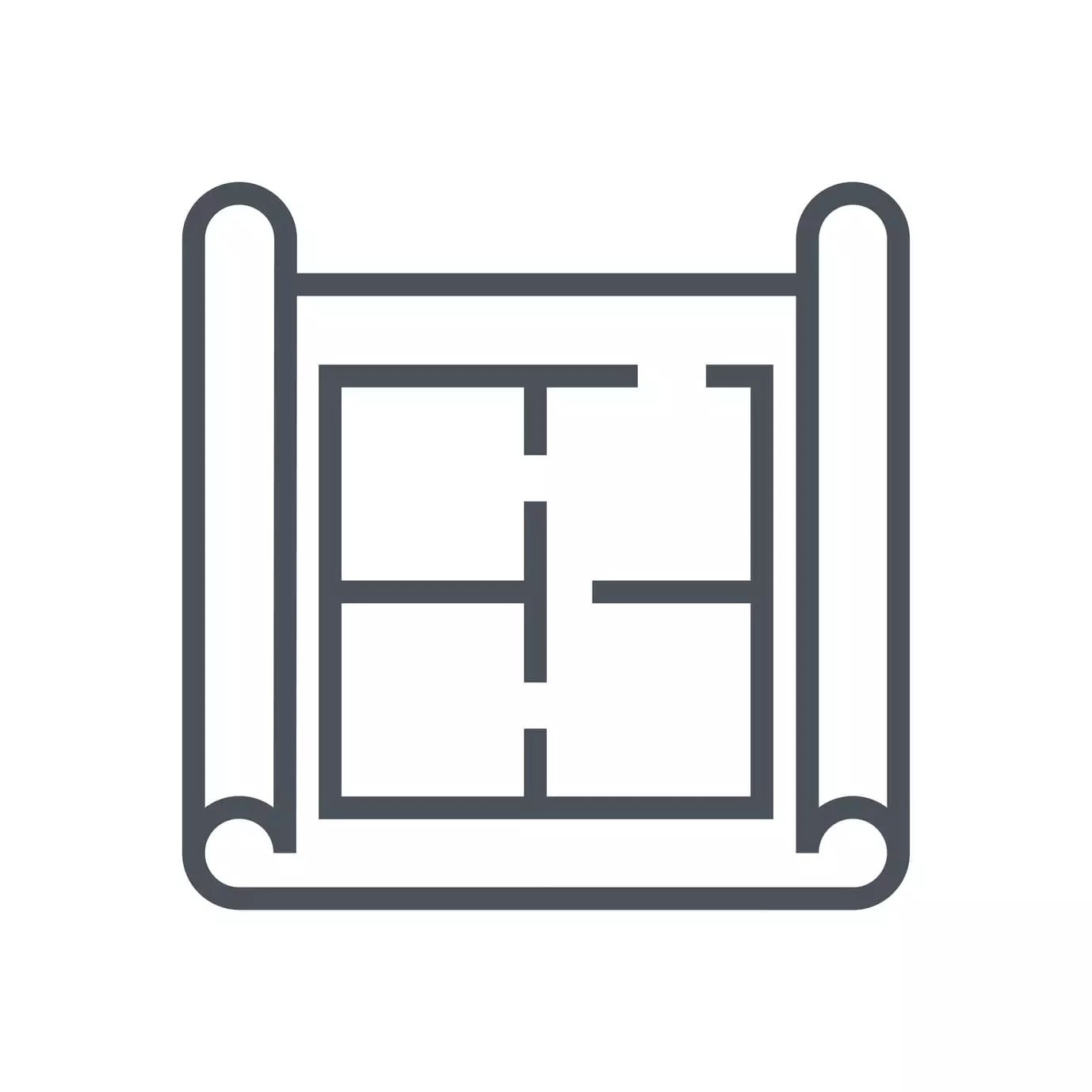
This article explores the php-pds/skeleton and uses it to build a small Laravel package that maps FAQ pages to exceptions. The PDS (Package Development Standards) skeleton promotes a consistent file and folder structure for PHP packages, improving organization and maintainability.

Key Concepts:
Package Functionality:
The example package maps exceptions thrown in a Laravel application to relevant FAQ pages, providing users with helpful information when errors occur. The final code is available on GitHub.

Building the Package:
The process involves:
Downloading the Skeleton: The php-pds/skeleton package is downloaded and extracted. Alternatively, it can be generated using Composer: composer require --dev pds/skeleton && ./vendor/bin/pds-skeleton generate.
Updating composer.json: The composer.json file is modified to define the package name, description, dependencies, and autoloading. The pds/skeleton is included as a require-dev dependency for tracking and command-line tools.
Git Initialization: The project is initialized as a Git repository, committed, and pushed to a remote repository on GitHub.
Directory Structure: The package adheres to the PDS skeleton structure, including src/, tests/, config/, resources/, public/, docs/, and other relevant directories.
Code Implementation: The core logic involves creating models (src/Models/Faq.php), a service provider (src/Providers/FaqProvider.php), a repository (src/Repositories/FaqRepository.php), and renderers for web and API responses. A database migration (resources/migrations/2014_10_12_000000_create_faq_table.php) and a view (resources/views/faq.blade.php) are also created.
Testing: Unit tests are written in the tests/ directory.
Documentation: A README.md file provides an overview, while more detailed documentation resides in the docs/ directory. A LICENSE file specifies the license (e.g., MIT). A CONTRIBUTING.md file outlines contribution guidelines. A CHANGELOG.md tracks changes between releases.
Validation: The pds-skeleton validate command verifies adherence to PDS standards.


Conclusion:
Using a standardized skeleton like php-pds/skeleton significantly improves code organization and collaboration. While other skeletons exist, PDS provides a widely applicable and verifiable structure for PHP package development. The article encourages discussion on the importance of standardized folder structures in software development.
Frequently Asked Questions (FAQs): (These are already well-covered in the original text, so I won't repeat them here to avoid redundancy. The original FAQs are comprehensive and well-written.)
The above is the detailed content of PDS Skeleton by Example: A Standard for File and Folder Structure. For more information, please follow other related articles on the PHP Chinese website!




